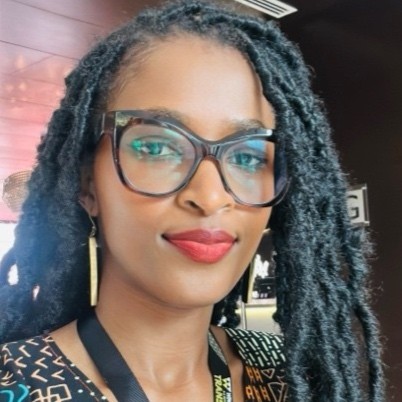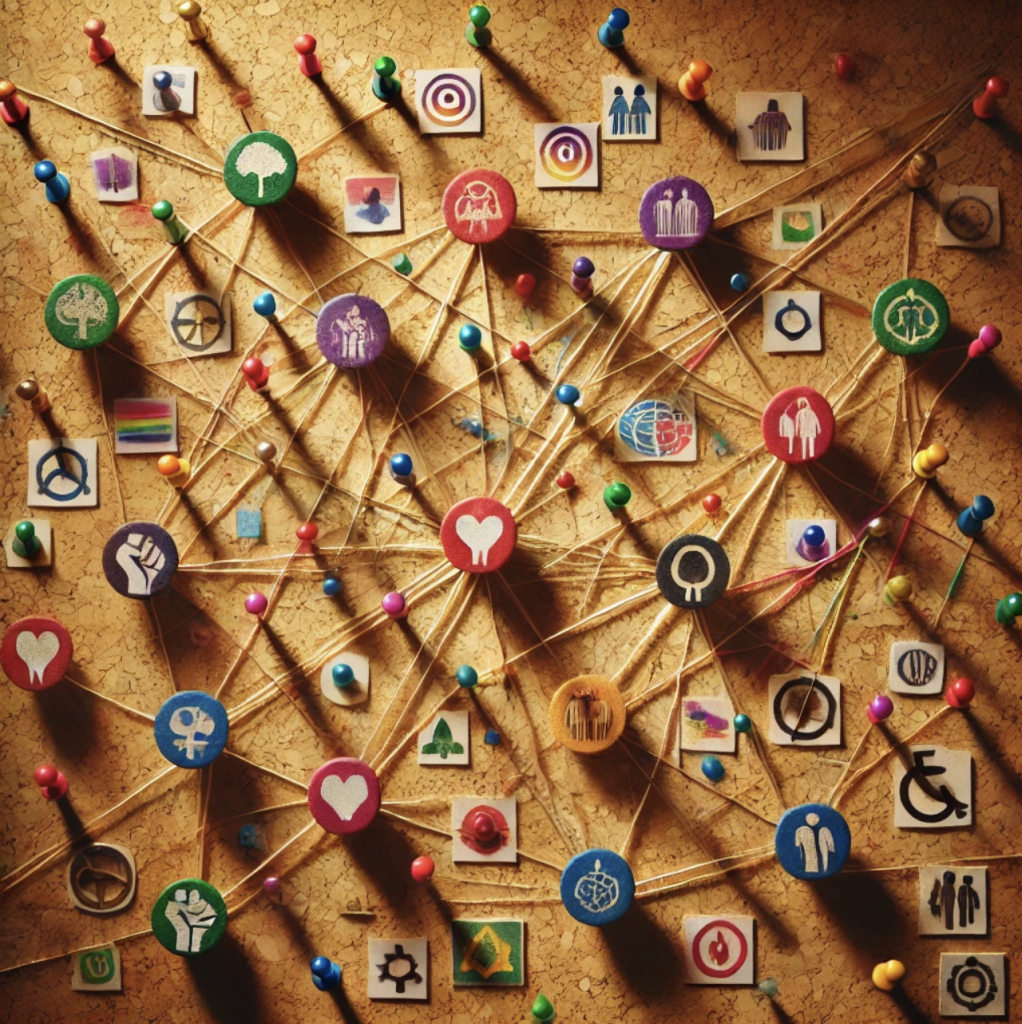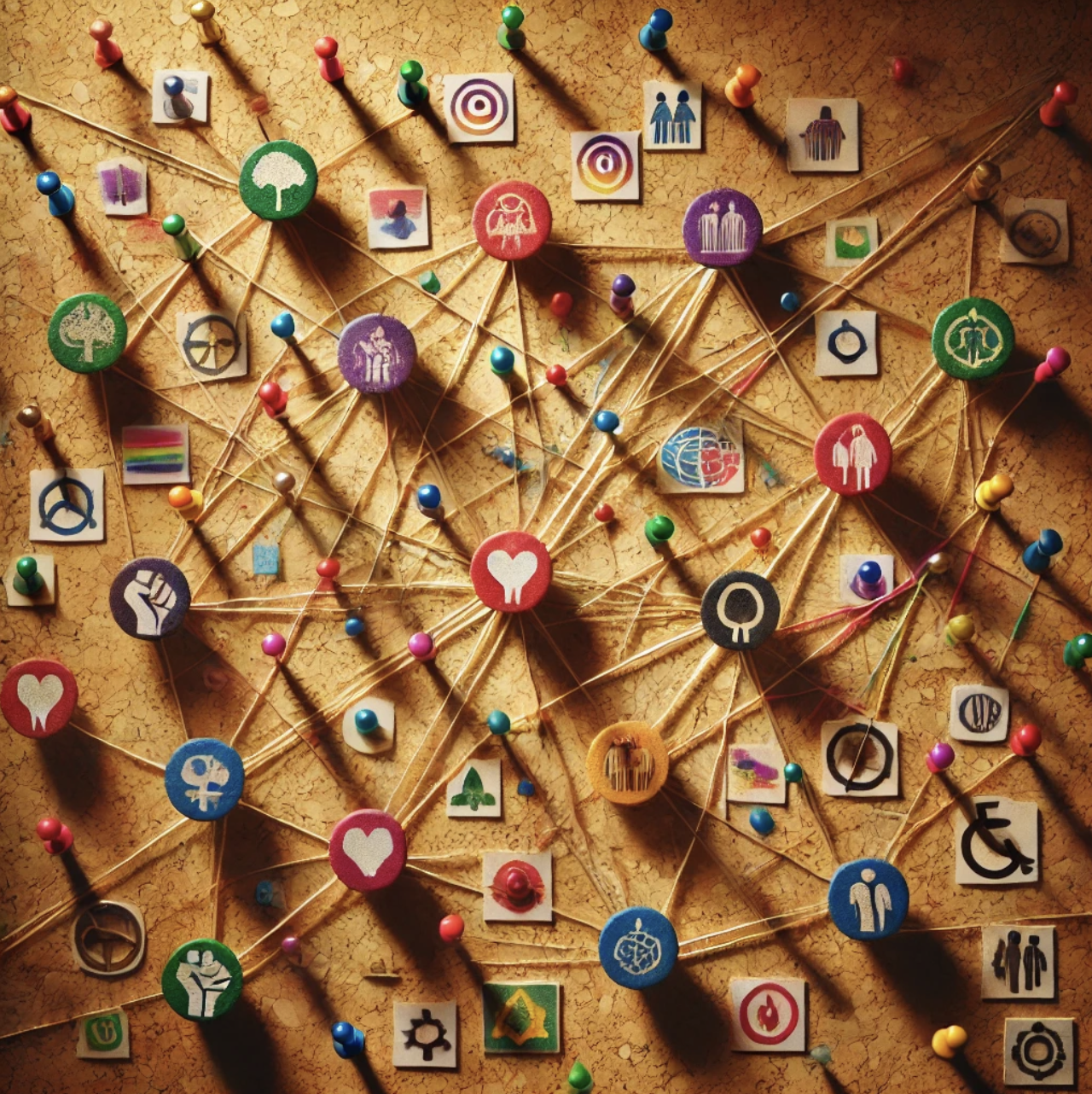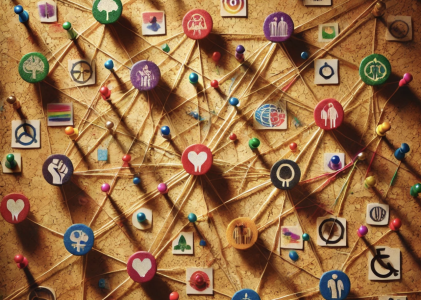
In 2025, social justice movements are facing a coordinated storm. Climate collapse is accelerating. Civic space is shrinking. Anti-rights forces are becoming more strategic and well-resourced. Feminist gains are being rolled back. Each crisis is urgent on its own, yet their interconnections are inescapable. Extractive economies drive both climate and gender injustice. Democratic erosion weakens climate policy; attacks on humanity and dignity spike in the wake of fascist regimes.
The challenge – and the opportunity – is that no single sector, campaign, or organisation can address these crises in isolation. What we need is the appreciation and realisation that movements have existed and have been organising long before “funding” and will continue to do so.
Movement building as a way of building community power is the intentional work of connecting people, issues, and strategies into ecosystems to create sustained and systemic change. It goes beyond running a campaign or managing a coalition. Campaigns are time-bound; coalitions often gather around a single issue and have a timeline. Movements, by contrast, are living ecosystems. Diverse actors playing different roles – from visionaries to disruptors, healers to storytellers – connected by shared values and a long-term vision of systemic change.
Movements have existed and have been organising long before “funding” and will continue to do so.
These ecosystems thrive on intersectionality and interconnectedness. They need grassroots groups rooted in communities, movements with policy leverage, storytellers shifting public narratives, and care practitioners sustaining activist resilience. In this way, movement building is less about rigid coordination and more about cultivating the connective tissue between contributors so that each can act autonomously yet contribute to a common arc of change.
Global South movements have long modelled this interconnected approach. Across Africa, we have witnessed a resurgence of bold, intersectional movements that refuse to silo their struggles. In Kenya, the #EndFemicides movement mobilised public outrage into coordinated feminist organising that linked gender-based violence to state accountability, economic justice, and digital safety, while the Gen Z-led anti-tax protests brought together youth, activists, climate defenders, and artists in a multi-issue civic uprisings that defied traditional political factions. At the same time, the transnational #StopEACOP campaign against the East African extractives pipeline has become a powerful model of movement-building across borders, connecting land rights, climate justice, indigenous sovereignty, and community leadership in resistance to extractive infrastructure. Queer communities in Uganda, Ghana and Nigeria, facing heightened criminalisation, are innovating through reclaiming the narrative of what family means for everyone, countering the rising anti-gender narratives attacking families. In the face of dwindling funding, communities are organising through decentralised mutual aid systems and community resourcing. What these movements share is a deep understanding that their struggles are entangled, their power lies in solidarity and resources are not just about money. Resources are people, their labor, their creativity, the networks they have created, the intellectual labour and more.

Oftentimes funders may feel uneasy about stepping back from the role of “organising” movements. They tend to approach movements on the assumption that money is all that is required – and yet movements have long existed without donor money and always resourced themselves. This raises the question: how should funders engage with something that can survive with or without financial support? From a funder’s perspective, this can be confusing. Funders need to take off their funding hat first and to see themselves as part of the movement infrastructure for which relationships, co-conspiring is the starting point of organising and not money. Then funders can deploy their money (and other accompaniments) in a manner that does not undermine or displace what movements have been doing and resourcing on their own.
How should funders engage with something that can survive with or without financial support?
Movement building is very patient work. It is not always funder-friendly because its impact is not often “measurable” within manufactured assessment metrics and timelines. It can be messy, is very relational, and takes time and resources beyond money. But in a world of cascading crises, it is strategic and the most reliable path to sustainable change for social movements fighting well oiled and interconnected systems of oppression.
Gloria Mugabekazi is an international development strategist working at the nexus of grantmaking, movement building and social justice.

